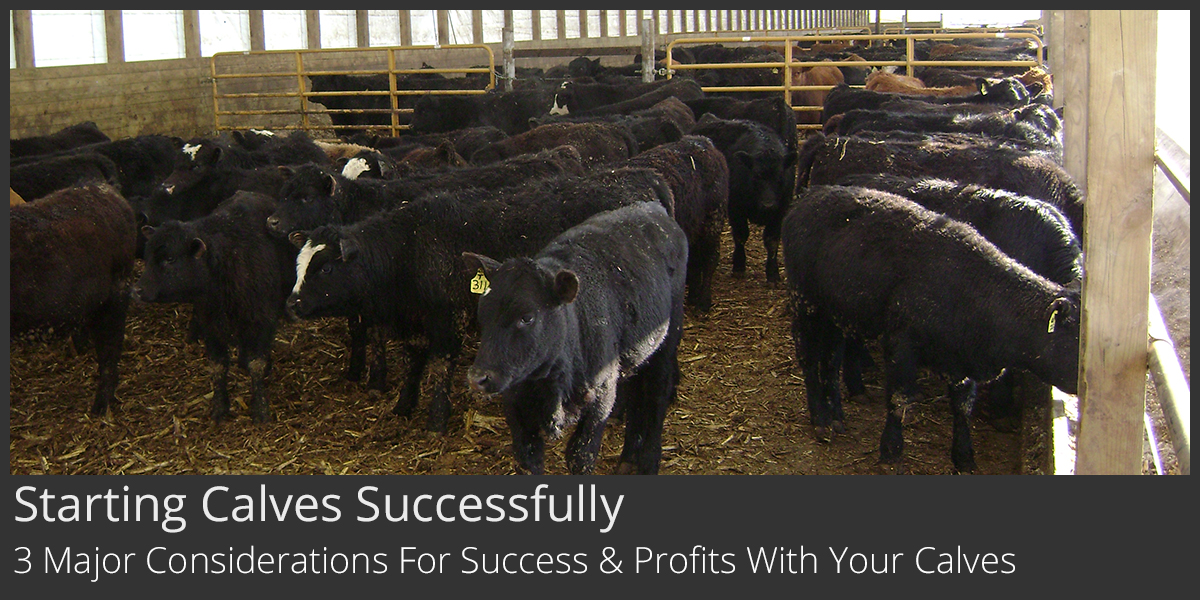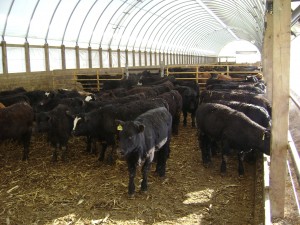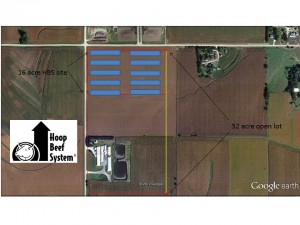Pin-up adı, yalnızca pinup casino online tecrübesiyle değil, aynı zamanda planlama odaklı aktivite hayranları için de önemli bir merkez haline gelmiştir. Özellikle poker gibi zihinsel yoğunluğu yüksek oyunlarda, doğru banka kontrolü hayati önem taşır. Bu içerikte, poker oynarken doğru tam riskli hamle zamanlamasını anlamanızı sağlayacak stratejilere, güncel pinup erişimi imkanlarına ve oyuncuların yaptığı pinup değerlendirme gözlemlerine yer vereceğiz.
İçindekiler
| Bölüm | Detay |
|---|---|
| 1 | Fon yönetimi açıklaması |
| 2 | All-in Stratejileri |
| 3 | Risk Analizi ve Oyuncu Profili |
| 4 | Platform imkanları ile Strateji Uygulaması |
Fon kontrolü nasıl yapılır
Deneyimli masa oyuncuları için kasa idaresi, sadece el becerisi değil aynı zamanda eldeki istatistiklerin iyi kullanılmasıyla ilgilidir. Pin up gibi sitelerde oynarken, mevcut fonunuzu nasıl kullandığınız, istikrarlı pin-up casino giriş kazanma şansınızı belirler. Pinup erişim yapan birçok katılımcı, bankroll’ünü kategorilere ayırarak kaybetme ihtimallerini belirlemektedir. Her elde tüm sermayenizi riske atmak yerine, sadece belirli bir oranını kullanmak, hem mental gerilimi azaltır hem de daha stratejik hamleler almanıza yardımcı olur.
All-in Stratejileri
All-in hamlesi, doğru yapıldığında karı çoğaltabilir; yanlış yapıldığında ise tüm bankroll’unuzu sıfırlayabilir. Pinup casino online katılımcıları arasında yaygın bir yaklaşım, pozisyon ve masa kalabalığı gibi unsurları değerlendirdikten sonra all-in yapmaktır. Özellikle pinup slot gibi rastlantıya bağlı oyunlardan farklı olarak poker oynarken, all-in hamlesini verirken olasılık hesapları ve önceki ellerdeki tecrübeler önemlidir. Elinizde AA ya da çift Kral varsa ve karşıdakiler riskli oynuyorsa, erken all-in mantıklıdır. Fakat zayıf eller ile yetersiz risk almak, sizi lüzumsuz şekilde oyundan elendirebilir.
Risk Analizi ve Oyuncu Profili
Her katılımcının kendine ait bir tehlike algısı vardır. Pinup güncel giriş yapan kullanıcıların davranışları analiz edildiğinde, atak oynayanların daha sık tam riskli hamle yaptığı ve zararlarının da yüksek olduğu görülmektedir. Pinup güvenilir mi sorusu genellikle bu noktada gündeme gelir çünkü katılımcılar, oyun içi dürüstlük ve altyapı netliğini sorgular. Ancak platform, oyunların dürüst ve yasal olmasını sağladığı için risk, daha çok kullanıcının kendi yaklaşımına bağlıdır. Doğru olasılık hesabı yaparak, daha dikkatli oynamak mümkündür.
Platform imkanları ile Planlama süreci
Güncel pinup tasarımı ve yarışma sistemleri sayesinde, fon yöntemlerini test etmek daha kolay hale gelmiştir. Örneğin, düşük girişli turnuvalarda daha fazla el görmek ve farklı stratejileri uygulamak mümkündür. Oyuncular, pin-up yorum forumlarında bu özelliği sıkça takdir ediyor. Ayrıca bağlılık sistemleri sayesinde, daha fazla katılım sağlayıp strateji geliştirmek için bonus hakları da sunuluyor. Pinup güvenilir mi? sorusunu merak eden oyuncular, bu avantajları kullanarak stratejik olarak başarı sağlayabilirler.



